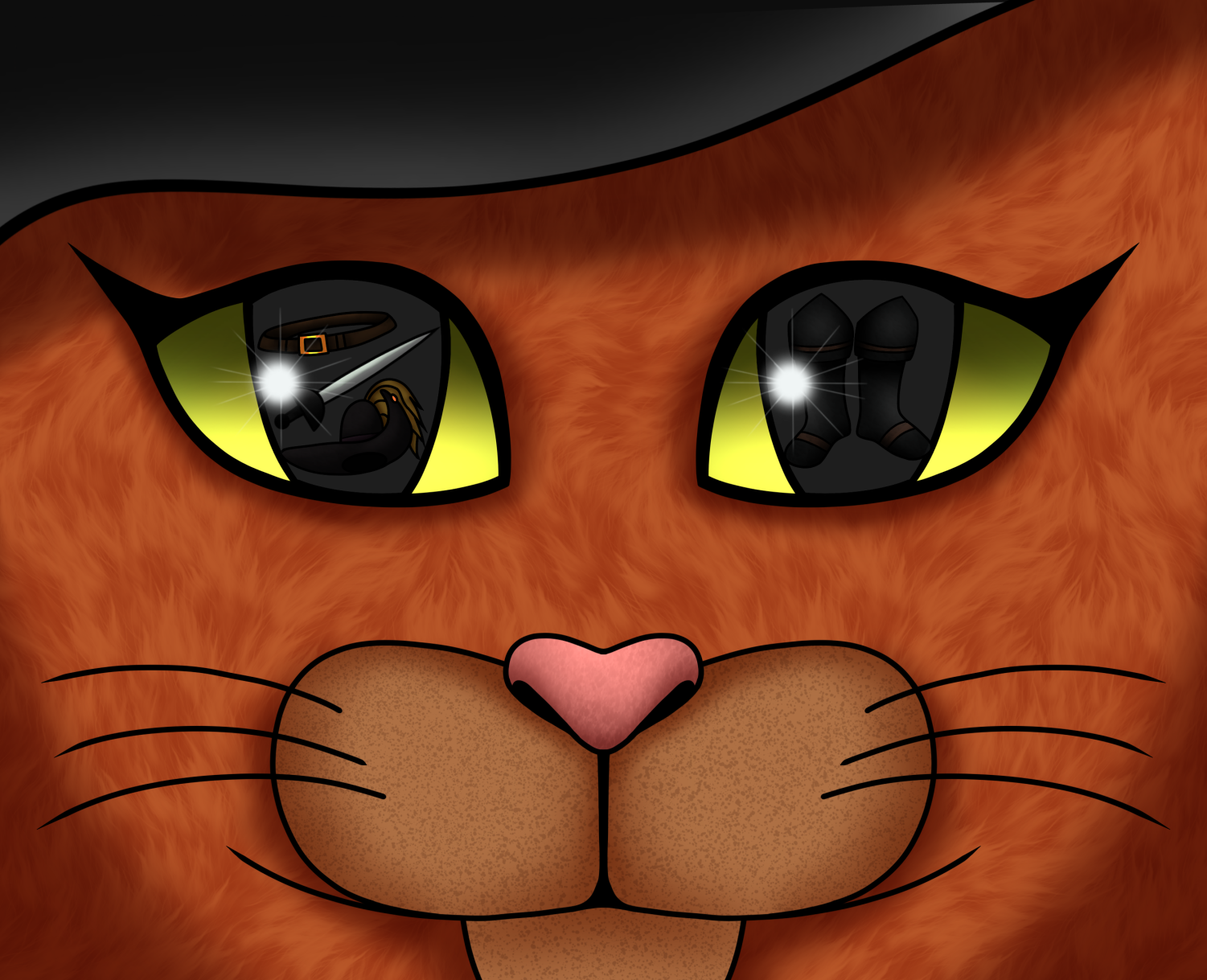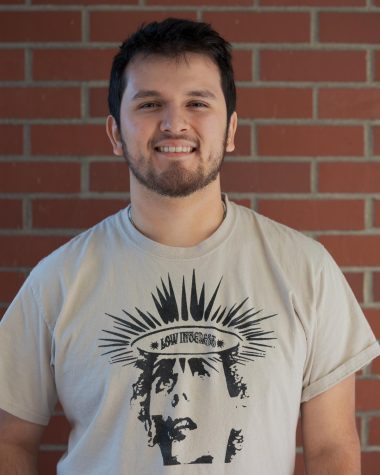Our favorite fearless hero
New “Puss in Boots” installment emphasizes the value of life
January 27, 2023

For as long as humans have existed, the subject of death has defined the way in which many live their lives. With what little precious time humans have on earth, many fear that they might not be living life to the fullest. But what if humans had nine lives?
“Puss in Boots: The Last Wish” follows the story of the titular character, Puss in Boots (Antonio Banderas) as he grapples with the concept of death. After losing his eighth life in a spectacularly animated opening fight scene, Puss is told to hang up the boots and feathered hat, as he is no longer immortal.
Unfortunately for him, he does not get a lot of time to think, as the embodiment of Death itself (Wagner Moura) arrives swiftly and quietly, ready to take the protagonist’s life.
The movie covers more topics than viewers might imagine. Despite having death at its forefront, supporting characters like Perro (Harvey Guillen) and Kitty Softpaws (Salma Hayek) help Puss on his journey of self-discovery. Other famous fairy-tale characters like Goldilocks (Florence Pugh) and Jack Horner (John Mulaney) touch on issues of adoptive family dynamics and capitalist greed.
While Puss is ultimately the star of the show, the individual stories of the other characters stand on their own as well-formed and interesting stories. Guillen’s character is used as the comedic relief, and while some jokes land on the more “for kids” side, his character often makes pretty clever and, at times, dark jokes that make him stand out as a fun addition to the cast.
Mulaney’s performance as Jack Horner is fantastic. Driven by nothing but greed and privilege, Jack Horner quite literally has zero redeeming qualities, relying only on his abundance of magical artifacts. He uses them to brute-force his way through any obstacles he encounters. Horner serves as an exaggerated representation of capitalist greed, and this makes for a villain that is fun to hate.
Calling Hayek’s and Pugh’s characters “supporting characters” feels wrong for this film, as both are incredibly well written. Pugh’s Goldilocks is rough and tough, but on the inside, she yearns for a family that is “just right,” hoping to use the wish all of the characters are fighting over on finding her birth family again. As the movie progresses, we see how much the bears love Goldilocks. Even after discovering the nature of her wish, they decide to continue to support her out of love. Her story is a touching portrayal of adoptive families and a nice spin of a classic fairytale that Dreamworks has seemingly mastered.
Hayek’s character is independent and capable, only agreeing to work with Puss to obtain the wish out of necessity. Though she is fearless in battle, it is revealed that she feels alone and has developed trust issues due to the way she has been treated. As the movie progresses, Kitty remains courageous and in-control, always saving the other protagonists while also finding herself again.
Puss too finds himself at the end of the movie, deciding to face Death head on and start living his last life to the fullest. The final fight scene is a climactic conclusion and perhaps one of the best fight scenes in an animated movie. Moura’s portrayal of Death is vicious, menacing and, at times, legitimately scary, and it gives the movie a real sense of urgency whenever Moura’s character was on screen.
As far as animation and children’s movies go, “Puss in Boots: The Last Wish” is a refreshing reminder of what this type of movie can do when enough love, time and dedication goes into the production.
Among all the stories this movie tells, the thread that connects them all is being grateful for what you have. Though it is noble and brave to seek more, sometimes the greatest wish is already with us.



























































































